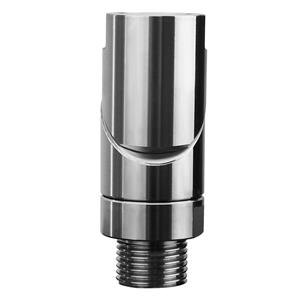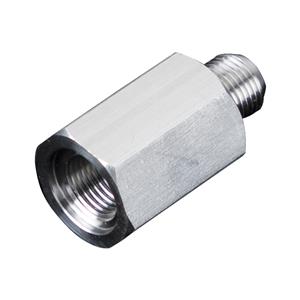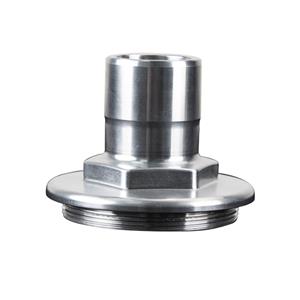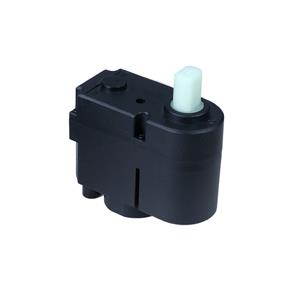A Comprehensive Exploration of Gearbox Faults and Supplier Considerations
A Comprehensive Exploration of Gearbox Faults and Supplier Considerations
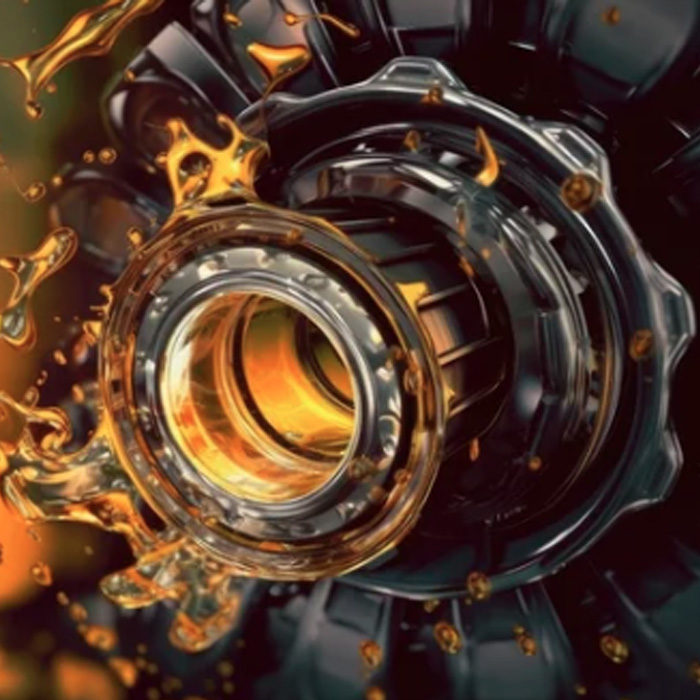
Gearbox systems are the unsung heroes behind many mechanical applications, seamlessly transmitting power through intricate arrangements of gears, transmission shafts, bearings, and casing structures. While the casing structures exhibit minimal failure rates, the gears, transmission shafts, and bearings collectively contribute to over 90% of gear box malfunctions. In this comprehensive exploration, we delve into the intricacies of common gear box faults and provide strategic considerations for selecting reliable suppliers, offering a holistic guide to enhancing gear box reliability.
1. Helical Gearbox:
Offers smoother operation and higher efficiency.
Commonly used in various industrial applications.
2. Spur Gearbox:
Straight teeth provide simplicity and efficiency.
Suitable for low to moderate speed applications.
3. Bevel Gearbox:
Conical-shaped gears for intersecting shafts.
Ideal for applications with intersecting shafts at different angles.
4. Worm Gearbox:
Uses a worm screw for high reduction ratios.
Suitable for applications requiring high torque and low speed.
Compact design with high torque output.
Widely used in robotics, aerospace, and automotive applications.
Historical Milestones of Gearbox Development:
Ancient Origins:
Gears trace their roots back to ancient civilizations like China and Greece.
Early gear mechanisms were manual and primarily used for simple applications.
Medieval Advancements:
The medieval period witnessed advancements in gearing mechanisms for mills and other industrial applications.
Windmills and watermills showcased the potential of gears in harnessing natural energy.
Industrial Revolution:
The advent of the Industrial Revolution marked a significant shift.
Gears became integral to powering machinery, enabling the mass production of goods.
Automotive Revolution:
The early 20th century saw the rise of the automotive industry.
Gears became essential in automobiles, contributing to speed control and transmission.
Modern Precision:
Advancements in manufacturing technologies in the mid-20th century led to precision gearing.
Gearboxes became more compact, efficient, and versatile.
Automation and Robotics:
The late 20th century and beyond witnessed the integration of gears into automation and robotics.
Planetary gearboxes and specialized gearing systems became prevalent in these applications.
Understanding Common Gearbox Faults:
1. Gear Tooth Error:
Gear tooth errors, encompassing manufacturing, installation, and post-service deviations, lead to variations in gear tooth profiles. Post-service errors include tooth surface plastic deformation, uneven wear, and surface fatigue. Broken teeth, a severe fault, are categorized separately for ease of diagnosis.
2. Uniform Gear Wear:
Material friction damage during the meshing process post-gear deployment results in uniform gear wear, which includes abrasive and corrosive wear. Unlike severe gear tooth errors, uniform gear wear is characterized by distinct vibration signal features.
3. Shaft Misalignment:
Issues in the shafts at coupling ends, due to design, manufacturing, installation, or usage problems, result in shaft misalignment. Unlike single gear tooth errors, shaft misalignment induces gear tooth errors on all shafts, causing a modulation phenomenon in signals.
4.Broken Teeth:
Predominantly in fatigue and overload forms, broken teeth represent a severe gear fault. Vibration signals during tooth breakage exhibit higher impact energy, distinguishing them from gear tooth errors and uniform gear wear.
5. Casing Resonance:
Casing resonance arises from impact energy exciting the inherent frequency of the gearbox casing. It produces substantial impact vibration energy and is typically induced by external excitations on the casing.
6. Slight Shaft Bending:
Common gearbox shaft faults involve slight bending, causing gear tooth errors on the affected shaft. Unlike singular gear tooth error faults, shaft bending induces significant gear tooth errors across all gears on the shaft.
7.Severe Shaft Bending:
Severe shaft bending constitutes a critical gearbox fault, generating substantial impact energy and distinct vibration signals compared to slight bending.
8.Shaft Imbalance:
A typical fault resulting from eccentricity in the shaft, shaft imbalance is caused by manufacturing, installation, or post-use deformations. Imbalance induces vibrations leading to gear tooth errors but is distinctly different from pure gear tooth errors.
9.Axial Movement of the Shaft:
Axial movement occurs when using helical gears, causing unbalanced axial forces and significantly impacting gear transmission accuracy and stability, representing a severe fault.
10.Bearing Fatigue Peeling and Pitting:
A typical fault in rolling bearings involves fatigue peeling and pitting of inner, outer rings, and rolling elements. The energy generated during rolling bearing faults is much smaller than that produced by gears, posing a diagnostic challenge.
Strategic Considerations for Supplier Selection:
1.Quality Control and Manufacturing Standards:
Opt for a manufacturer with stringent quality control and compliance with manufacturing standards to minimize errors and reduce gear tooth errors.
2.Processes and Materials:
Pay attention to the manufacturing processes and materials used by the supplier, with a preference for advanced processes and wear-resistant materials.
3.Technical Support and After-Sales Service:
Choose a supplier offering comprehensive technical support and after-sales service to enhance equipment reliability through timely assistance.
4. Recommendations for Regular Inspection and Maintenance:
Inquire about the supplier's recommendations for routine inspection and maintenance, as good manufacturers provide guidance for proper upkeep.
5. Product Performance and Applicability:
Consider the product's performance parameters to ensure they align with specific application requirements, acknowledging the diversity in gearbox specifications.
6. User Reviews and Reputation:
Evaluate user reviews and the manufacturer's reputation to glean insights into product and service quality from other customers' experiences.
7.Regular Updates and Technological Upgrades:
Assess whether the supplier regularly updates its product line and provides technological upgrades to ensure equipment remains at the forefront of industry standards.
8. Cost-Effectiveness:
Evaluate the cost-effectiveness of the product by considering not only the price but also the performance, lifespan, and services offered.
Conclusion:
By comprehensively assessing these factors, the selection of a gearbox supplier becomes a more informed decision, contributing to the increased success rate of procurement and enhanced equipment reliability. In navigating the intricacies of gearbox faults and supplier considerations, businesses can optimize their operations and ensure the longevity and efficiency of their mechanical systems, thus bolstering overall productivity and minimizing downtime.

